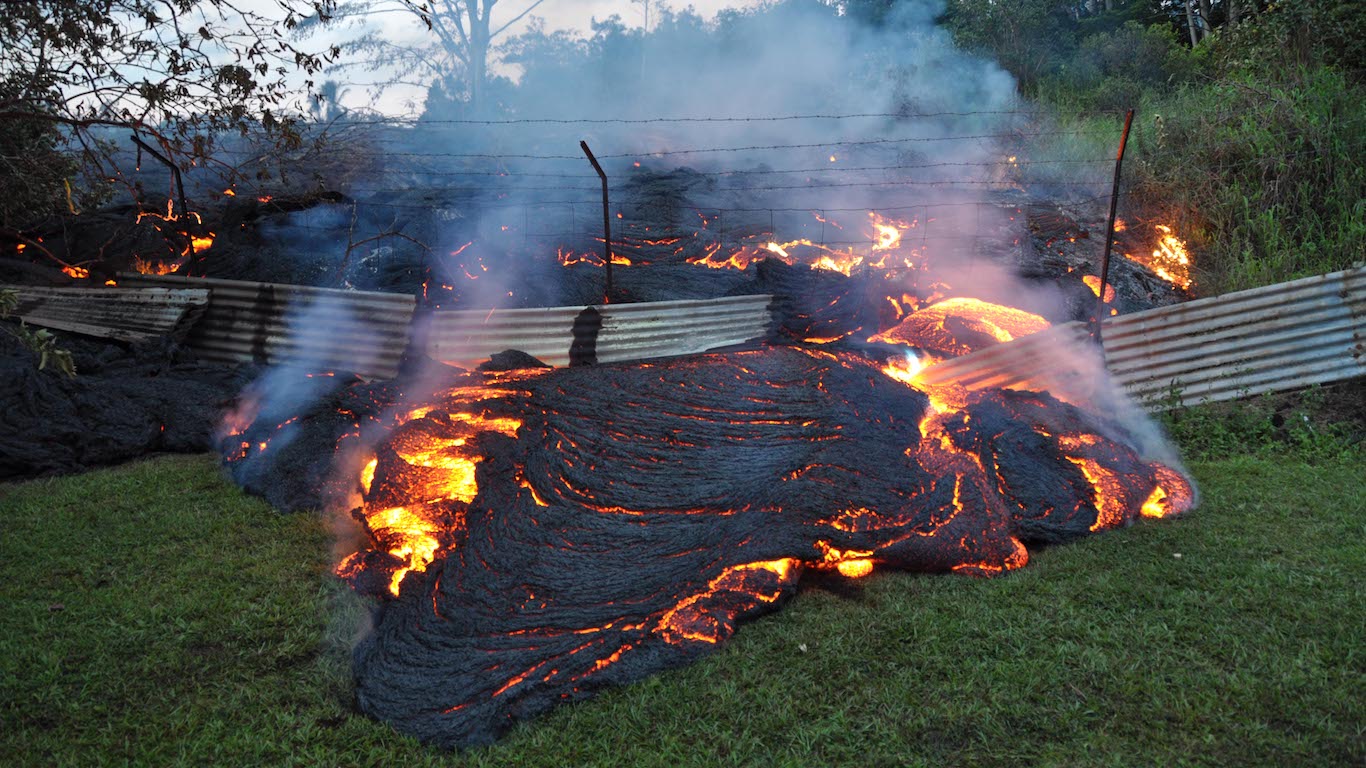Housing
September Mortgage Delinquencies Begin to Show Effects of 2018 Natural Disasters

Published:
Last Updated:

The share of home mortgage loan payments that are 30 days or more past due fell from 5% in September 2017 to 4.4% in September 2018, the lowest total on record for the month. The foreclosure inventory rate fell from 0.6% to 0.5% in the same period.
The share of mortgages that transitioned from current to 30 days past due was 1.2% in September 2018, down by 0.1 percentage point year over year. This year’s rate remains on par with the transition rate of 1.2% just before the housing crisis struck and well below the peak rate of 2% in November 2008.
The data were reported Tuesday by CoreLogic in its Loan Performance Insights report. Early-stage delinquencies, defined as 30 to 59 days past due, declined from 2.4% to 2.2% year over year in September. The share of mortgages that were 60 to 89 days past due in September was 0.7%, unchanged compared with last year’s rate. According to CoreLogic, measuring early-stage delinquency rates is important for analyzing the health of the mortgage market.
Serious delinquency rates (defined as 90 days or more past due) fell in 49 states and was unchanged in Alaska.
CoreLogic’s chief economist, Dr. Frank Nothaft, said:
The effects of 2018’s natural disasters have begun to show clearly in our delinquency data. After Kilauea’s eruption began in May, serious delinquency rates jumped on the Big Island by 10 percent between June and September, while falling by 4 percent in the rest of Hawaii. The Carr Fire began late July, and the 30- or 60-day delinquency rate in the Redding metro area jumped 19 percent from August to September. This was the largest monthly spike up in this delinquency metric since July 2006 when the foreclosure crisis was beginning. Additionally, 30-day delinquency rates doubled in major metros in North Carolina in September, the first month after Hurricane Florence reached landfall.
Frank Martell, president and CEO of CoreLogic, added:
Outside of areas affected by natural disasters, serious delinquency and foreclosure rates have declined steadily across the nation as the labor market has improved and home prices have risen. However, we have also seen a rise in high loan-to-value and high debt-to-income lending in our CoreLogic TrueStandings data, heightening the risk of a significant upturn in loan default if the economy slips into recession or home prices decline.
The states with the lowest 30-plus delinquency rate in September 2018 were Colorado (2.0%), Oregon (2.1%), North Dakota (2.2%), Washington (2.2%) and Idaho (2.4%). The 30-plus delinquency rate was highest in Mississippi (8.5%), Louisiana (7.7%), New York (6.5%), Alabama (6.4%) and West Virginia (6.1%).
Among the largest U.S. metro areas, the highest 30-plus delinquency rates in September were posted in Miami (6.1%), New York (6.0%) and Houston (5.8%). Among these large metro areas, the lowest rates were reported in San Francisco (1.6%) and Denver (1.9%).
Credit card companies are pulling out all the stops, with the issuers are offering insane travel rewards and perks.
We’re talking huge sign-up bonuses, points on every purchase, and benefits like lounge access, travel credits, and free hotel nights. For travelers, these rewards can add up to thousands of dollars in flights, upgrades, and luxury experiences every year.
It’s like getting paid to travel — and it’s available to qualified borrowers who know where to look.
We’ve rounded up some of the best travel credit cards on the market. Click here to see the list. Don’t miss these offers — they won’t be this good forever.
Thank you for reading! Have some feedback for us?
Contact the 24/7 Wall St. editorial team.